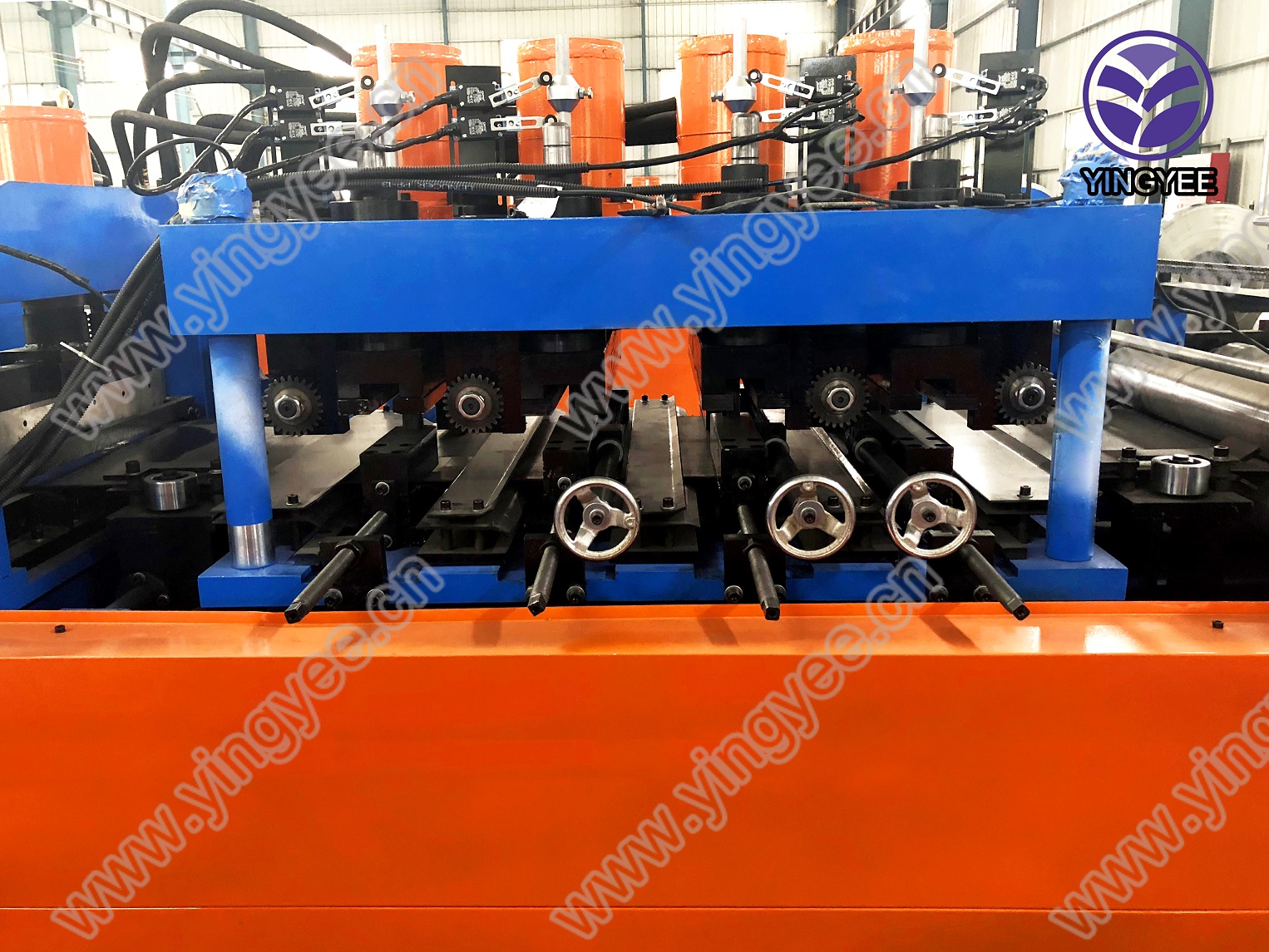
Grain Storage Roll Forming Machine Enhancing Efficiency in Agriculture
In the rapidly evolving agricultural sector, the need for efficient grain storage solutions has never been more critical. As global food demands rise alongside population growth, farmers and agricultural businesses are increasingly seeking innovative ways to maximize their storage capabilities. One of the most advanced technologies emerging in this field is the grain storage roll forming machine, a device that plays a pivotal role in optimizing both the design and functionality of grain storage solutions.
Understanding Roll Forming Technology
Roll forming is a manufacturing process that involves the continuous bending of a long strip of sheet metal into a desired cross-sectional profile. This technique is particularly beneficial for producing components that require uniform shapes and consistent quality, which are crucial in grain storage applications. The grain storage roll forming machine automates this process, significantly enhancing production efficiency and reducing waste.
Using this technology, manufacturers can create a variety of storage structures, from grain silos to flat storage bins, with tailored dimensions to meet specific agricultural needs
. The ability to produce custom profiles allows for better optimization of storage space, ensuring that farmers can make the most of their facilities.Key Features and Benefits
1. High Efficiency and Speed The automation provided by roll forming machines drastically reduces the time taken to produce grain storage components. Traditional methods often require more labor and time, whereas roll forming facilitates rapid production with minimal manual intervention, allowing farmers to scale up their storage solutions quickly.

2. Durability The materials used in roll forming, typically high-quality steel, result in strong and durable structures that can withstand harsh environmental conditions. This resistance to wear and tear is essential for protecting stored grain from contamination and spoilage, ultimately ensuring food security.
3. Cost-Effectiveness While the initial investment in a roll forming machine may seem substantial, the long-term benefits far outweigh the costs. Enhanced efficiency in production leads to lower labor costs, reduced material waste, and decreased maintenance requirements, making the overall operation more economical.
4. Customization Options Different agricultural operations have various storage needs based on the type of grain, volume, and local climate. Roll forming machines can be adjusted to produce a wide range of profiles, enabling manufacturers to create custom solutions tailored to each client's specific requirements.
5. Quality Control Roll forming machines often come equipped with advanced technology that allows for real-time monitoring of the production process. This ensures that any defects can be caught early, maintaining high quality throughout the manufacturing process. Consistently produced components lead to safer and more reliable grain storage systems.
The Future of Grain Storage Solutions
The agricultural landscape is undergoing significant changes, with sustainability and efficiency at the forefront of industry innovations. As climate change creates new challenges for food production, the role of advanced machinery such as grain storage roll forming machines will only become more critical. These machines enable farmers to adapt to changing conditions by enhancing their storage capabilities, thus supporting the overall goal of sustainable agriculture.
In conclusion, the grain storage roll forming machine represents a significant advancement in agricultural technology. By enhancing production efficiency, durability, and customization, it addresses the pressing need for effective grain storage solutions. As farmers seek to innovate and improve their operations, embracing tools like roll forming machines will be essential in meeting the demands of the future. Through continuous advancements in technology, the agricultural industry can better prepare to tackle the challenges ahead, ultimately contributing to global food security and sustainability.